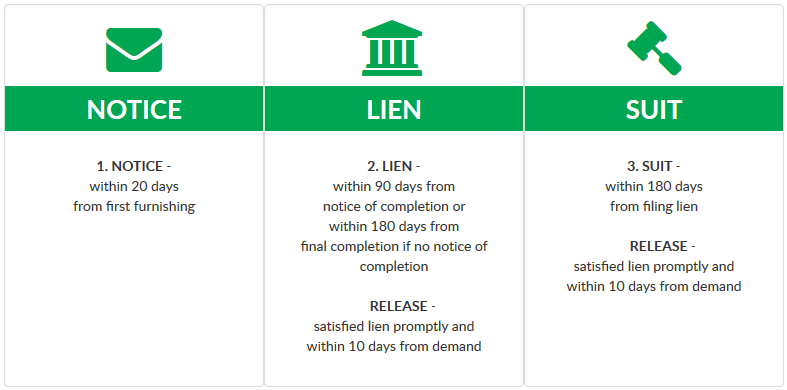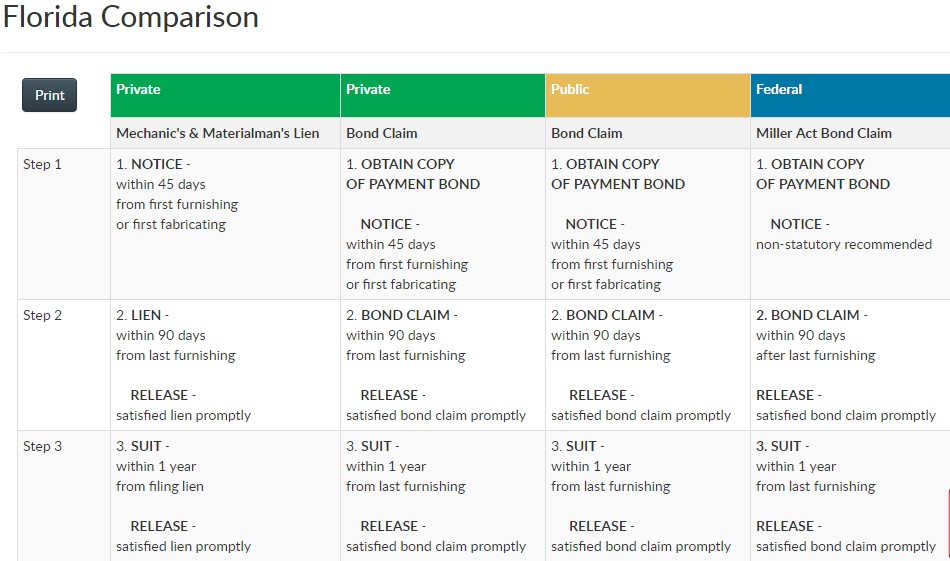
Assessing and Reinforcing Litigation in Mexico Part 3: Legal Strategy
Romelio Hernández is President at HMH Legal, a professional corporation specialized in credit and collection services in Mexico. He is based in Tijuana, Baja California, México, where he works extensively with foreign exporting companies and collection agencies assisting them with their out-of-court and legal collection efforts throughout Mexico. His litigation experience of sixteen years and exposure to international commercial law has allowed him to provide guidance to foreign companies in mitigating the various risks of selling international. Romelio graduated from Universidad Autónoma de Baja California, and was admitted to practice law in Mexico since 1997. Romelio holds a Masters’ Degree in Comparative Law (LL.M.) from the University of San Diego School of Law (2011).
This is the final in a 3 part series.
View Part 1: Costs & Rewards and Part 2: Risks
The last piece of the puzzle is all about reducing risks and raising your chances of success. This comes while confirming that you have a good quality case with moderate risks. The equation involves good legal counsel that is willing to share the risk, and a sound action plan that you can both come up with to control the costs and time of litigation. We should look into these factors in more detail.
A. Local Attorneys
The first thing I believe you need to know about attorneys in Mexico, is that ethical conduct is mostly unregulated. Attorneys in Mexico are not obligated to belong to a bar association to practice law, and thus, are not subject to penalties or disbarment for unethical behavior. This surely calls for caution when selecting a professional for legal representation. And while not all lawyers behave this way and there are many professionals who are worthy of trust, the key lies not only in finding a reliable source, but in finding one that is the right fit for your case. For instance, even when you come across a good transactional lawyer, you should question whether he would be the right fit to handle your litigation case. The same is true for a litigation attorney that deals only with tax or labor cases. Would he be the right fit for an international collection claim? Again, basic knowledge about these issues and common sense may help come up with the right answer.
The second thing I believe is important is knowing the current practices of the legal profession, and trying to come up with a good partnership. Because of the inefficiencies and problems of the Mexican legal system, few attorneys will be willing to handle a collection case based on contingency fees. In fact, most lawyers will offer services under hourly fees, or under fixed fees that may be contingent upon progress of your case but regardless of whether an actual recovery is made. The key is finding the right professional that is willing to share the risk by handling your case under contingency fees, or at least under a mix of fixed or hourly and contingency fees. For instance, you can negotiate a small advancement to prepare your complaint and handle the initial stages, but subject the main part of the fee on an actual recovery. I believe this to be a fair arrangement that any interested attorney would welcome. And if your attorney is just unwilling to handling the case under a contingency fee (but not opposed to hourly fees), you should seriously question whether your case is a worthy candidate for litigation.
B. Action Plan
A way to control time and costs in all projects, is with project management. Although there are many variables in litigation, I believe that good planning and follow up can help tremendously in controlling things and raising your chances of success. You simply will not leave your case with your attorney and turn your back. A good practice requires that your attorney explains in detail the type of case that he will file, the evidence required, and the overall strategy pursued to win the case and collect. You can complement this effort by trying to gain a basic knowledge of the legal landscape in Mexico, including the different proceedings available and the stages to reach a verdict. While you are not expected to become an expert, the effort to gain just basic knowledge will pay dividends when teaming up with your lawyer in setting up the best strategy.
Finally, a good strategy to discuss with your lawyer to keep costs under control, is the exit strategy. Many times you will not be convinced about litigation, or you will not have the resources to go all the way through. If this is the case, but you still want to try a strong action to see if you can get a reaction from your debtor, all while keeping your costs down, discuss with your attorney an exit strategy. There might be a possibility of filing preliminary actions, or going through the preliminary stages of a criminal or civil action without the risk of having to pay court costs. There are different possibilities out there, all of which will depend on the creativity of your legal team, under your approval and supervision.
C. Who Makes the Decision?
In the movie The Rainmaker, attorney Deck Shifflet (Danny DeVito) is teaching the young lawyer Rudy Baylor (Matt Damon) the tricks of the trade. After Rudy complains of that day’s lesson being blatant ambulance chasing, Deck objects: “who cares? There’s a lot of lawyers out there, it’s a marketplace, it’s a competition.” This scene illustrates a reality out there: that some attorneys may try to sell their services hard, and will often make recommendations for legal action when all facts point into another direction. This is specially the case when the attorney is looking to work under hourly or fixed fees, and is not willing to share the risk by handling your case under contingency fees.
Don’t get confused. While you are not the legal expert, it only takes knowledge of the issues raised here and good common sense to make a sound decision on whether to litigate or not. You will of course seek guidance from your local attorney, but the decision lies with you, not with him. Have the attorney provide all the information required, ask a lot of questions, and then come up with a sound business decision of your own.
Conclusion
Not all claims are candidates for litigation in Mexico. Thus, you have to be diligent enough to avoid throwing good money after bad. Discard those small claims that have no collateral or other security (such as pagarés) and that will not pay for good legal representation while returning a profit. With all larger claims do your due diligence to make sure that there are no unreasonable risks that will seriously put in jeopardy your collection, or that will result in unreasonable delay or cost. Once you have found the good candidates, make sure that you find the right partner that will share at least some of the risk of litigation, and put a game plan in place to reduce the remaining risk to the extent possible. Finally, keep good communication with your attorney to make sure that your plan is on track, and adjust whenever necessary to avoid any surprises.
While it is sad to write off a debt and accept the loss, it is a lot better than pursuing a cause that is doom for failure and that adds additional loss in money, time, and energy, aside from stress. You should now direct your efforts at building a system that will prevent or reduce future write-offs as reasonably possible, and on reinforcing litigation for those good quality claims that have their chance of success in court.
DISCLAIMER: The information you obtain in this article is not, nor is intended to be legal advice. The law office of HMH Legal will only provide legal advice after having entered into an attorney-client relationship. It is imperative that any action you undertake be done on the advice of counsel, and not based solely upon this article.
This material has been provided as free educational message by HMH Legal. We invite you to send us your comments or to call us for a free consultation. If you have any questions please call us at +1 (619) 819-5107 or 819-8518. You can also email us at info@hmhlegal.com. If you would like further information about our firm or our educational handouts, please visit us at www.hmhlegal.com.











